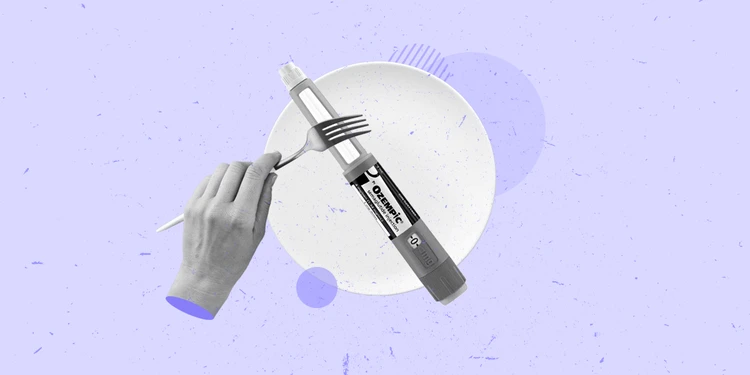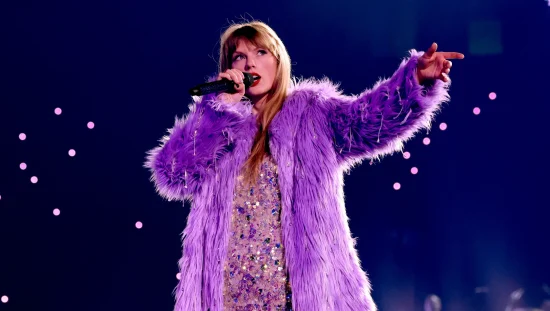Weight and health are not synonymous, but many associate weight loss with looking and feeling healthier. This imperfect relationship between weight and health can make maintaining a certain size challenging, and many Americans do not have the time or energy for the lifestyle change required to alter their appearance. Fad diets offer a fast, low effort weight-loss solution. When diet trends and lifestyle changes feel ineffective, those who can afford it resort to medicine.
Ozempic is a semaglutide injection that reduces blood sugar, particularly for those with type 2 diabetes. Yet, Ozempic’s consumers are largely celebrities interested in its weight loss effects. Tesla CEO Elon Musk said that he takes the weekly injection to stay “fit, ripped, and healthy.” In clinical trials, weekly semaglutide injection showed promising results: injections helped participants lose 12% of their body weight in 28 weeks. However, these trials don’t account for the fact that Ozempic users must take it indefinitely to maintain their results. As the Ozempic fad fades away, so will its effects.
Don’t forget to read the fine print!
Ozempic is owned by Novo Nordisk, a leading global healthcare company that markets insulin. Novo Nordisk is well aware of those who take weekly Ozempic injections exclusively for weight loss. However, they evade responsibility for the fad by including, but not highlighting, disclaimers throughout their product labels and advertisements.
Ozempic’s website page contains countless mentions of its effectiveness as a weight loss treatment while also warning users that it is not designed to be a weight loss treatment. Novo Nordisk strategically avoids losing their weight loss seeking customers by only prohibiting off-label usage of Ozempic.
 Ozempic’s website simultaneously touts its weight-loss benefits and warns that it is not for weight loss.
Ozempic’s website simultaneously touts its weight-loss benefits and warns that it is not for weight loss.
Ozempic’s manufacturers view this influx of diet-enthusiast consumers as a business opportunity. Many of the celebrities that use Ozempic for weight loss are doing so for cosmetic or vanity purposes, while diabetics are primarily interested in its health benefits. By advertising the injection’s effectiveness as a weight loss treatment, Novo Nordisk retains its diabetic customers and exploits its diet culture customers.
Fueling the fad, a new semaglutide injection recently entered the market under the brand name Wegovy. Though Ozempic and Wegovy contain the same ingredients, Wegovy only advertises its product as a weight loss treatment for chronically obese patients. Wegovy also requires adults who use it to be clinically overweight.
Wegovy’s retail price is currently around $1,700 per injection, which is more expensive than Ozempic’s $1,200; yet, its manufacturers already faced an injection shortage in 2022. With Novo Nordisk also reporting a shortage of the pens that administer the injections, the wealthy’s hoarding of Ozempic threatens those who need semaglutide injections the most.
Diabetics Lose Access While Celebs Lose Weight
Celebrities aren’t intentionally hijacking diabetic treatments for personal gain. In fact, many that use semaglutide injections for weight loss are unaware of its primary use. American comedian Chelsea Handler claimed that her anti-aging doctor prescribed Ozempic fairly liberally. Ozempic was so easy to access that Handler said she was “unaware” she was using the drug at all. While doctors are prescribing celebrities the injection left and right, diabetics across the US are struggling to get refills.
To this day, American diabetics struggle to afford insulin, which must be taken regularly to prevent diabetic ketoacidosis, a condition that starves the body’s cells and destroys body tissue. For some, diabetic ketoacidosis can occur in as early as 24 hours. Type 2 diabetics manage their symptoms through a combination of insulin and other medications like Ozempic.
Pharmaceutical greed from drug manufacturers like Novo Nordisk makes life unaffordable for diabetics—today’s economy makes it impossible for a diabetic to survive. In 2017, medical costs for Americans with diabetes were approximately $9,600 per person. When wealthy celebrities hoard drugs like Ozempic, they remind us that money controls our healthcare system at the expense of our general health and well-being.
Ensuring Healthcare for All (Who Can Afford It)
Healthcare facilities have limited resources. Once the care a person needs exceeds the amount that insurance is willing to cover, funding ultimately determines who receives medical treatment. Because of their wealth, celebrities have greater access to healthcare services and medications.
The United States healthcare system is a business that markets cures for symptoms. Since those with chronic illnesses like diabetes must take medication regularly, they often become forced into a parasitic relationship with the healthcare system. The Ozempic shortage draws focus to the endless efforts of diabetics to simply survive. Celebrity doctors should take Ozempic’s disclaimers into careful consideration before they prescribe them to patients. By prescribing a diabetes treatment as a weight loss tool, celebrities and their physicians directly limit Ozempic’s accessibility to vulnerable populations.
A truly equitable healthcare system should maintain the accessibility of certain medications by necessity, but unfortunately, having enough money can provide access to exclusive care. And since our healthcare system prioritizes profits over people, life changing medications can become fads with the right price tag and marketing. To dissolve the healthcare business conglomerate and to put more effort into preventative care and health maintenance, we must address and alleviate all cost barriers to healthcare.



